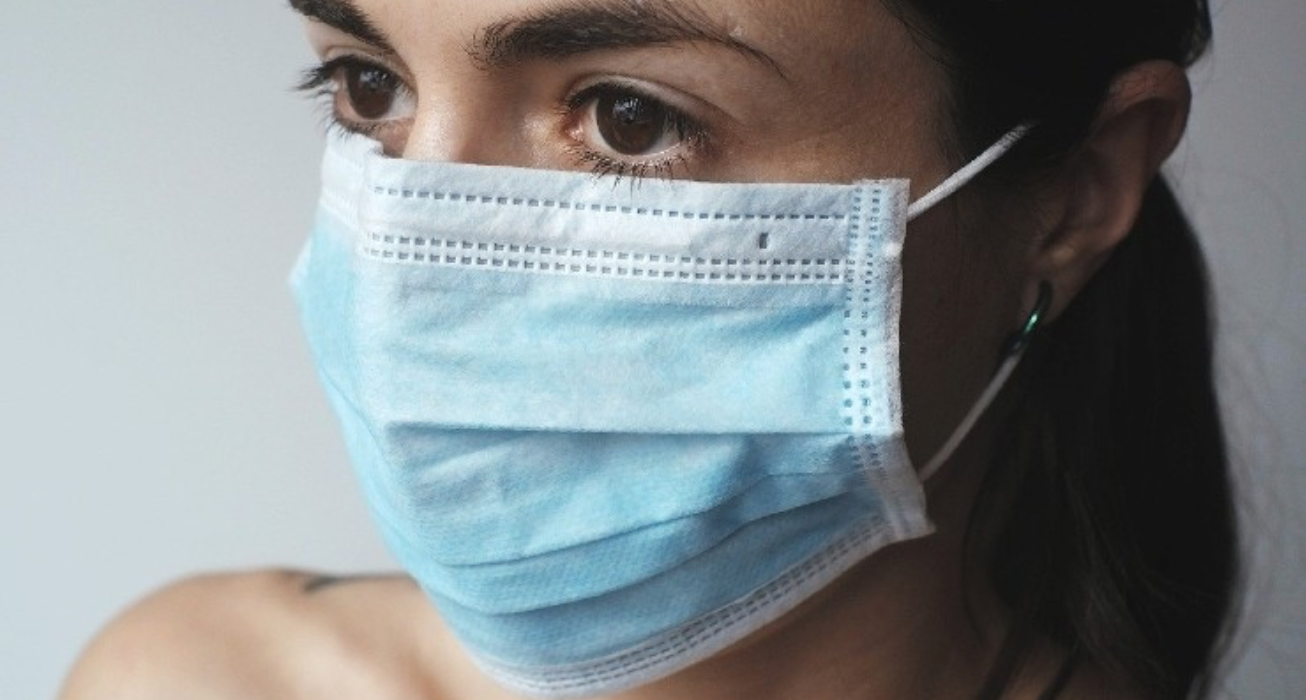 Wearing a face mask often helps people feel protected and reassured. But can a surgical face mask keep you from being exposed to or transmitting certain infectious diseases?
Wearing a face mask often helps people feel protected and reassured. But can a surgical face mask keep you from being exposed to or transmitting certain infectious diseases?
And, if face masks do shield you from infectious diseases, is there a proper way to put them on, take them off, and discard them?
A surgical mask is a loose-fitting, disposable mask that’s rectangular in shape. The mask has elastic bands or ties that can be looped behind your ears or tied behind your head to hold it in place. A metal strip may be present at the top of the mask and can be pinched to fit the mask around your nose.
When Should You Wear A Face Mask?
The World Health Organization (WHO) recommends using surgical masks only if you:
- have a fever, cough, or other respiratory symptoms
- are well but caring for someone with a respiratory illness — in this case, wear a mask when you’re within 6 feet or closer to the person who is ill
At present, the Centers for Disease Control and Prevention (CDC)Trusted Source doesn’t recommend that the general public wear surgical masks or N95 respirators to protect from respiratory illnesses like COVID-19. Healthcare providers and first responders need these supplies, and there’s currently a shortage of them.
However, in the case of COVID-19, the CDC does advise the general public to wear cloth face coverings to prevent the spread of the disease. The CDC also provides instructionsTrusted Source on how to make your own.
How To Put On A Face Mask:
- Before putting on the mask, wash your hands for at least 20 seconds with soap and water, or rub your hands together thoroughly with alcohol-based hand sanitizer.
- Check for defects in the face mask, such as tears or broken loops.
- Position the colored side of the mask outward.
- If present, make sure the metallic strip is at the top of the mask and positioned against the bridge of your nose.
- If the mask has:
- Ear loops: Hold the mask by both ear loops and place one loop over each ear.
- Ties: Hold the mask by the upper strings. Tie the upper strings in a secure bow near the crown of your head. Tie the bottom strings securely in a bow near the nape of your neck.
- Dual elastic bands: Pull the top band over your head and position it against the crown of your head. Pull the bottom band over your head and position it against the nape of your neck.
- Mold the bendable metallic upper strip to the shape of your nose by pinching and pressing down on it with your fingers.
- Pull the bottom of the mask over your mouth and chin.
- Be sure the mask fits snugly.
- Don’t touch the mask once in position.
- If the mask gets soiled or damp, replace it with a new one.
Do Not:
- touch the mask once it’s secured on your face, as it might have pathogens on it
- dangle the mask from one ear
- hang the mask around your neck
- crisscross the ties
- reuse single-use masks
If you have to touch the face mask while you’re wearing it, wash your hands first. Be sure to also wash your hands afterward, or use hand sanitizer.
How to Take Off A Face Mask
- Before you take off the mask, wash your hands well or use hand sanitizer.
- Avoid touching the mask itself, as it could be contaminated. Hold it by the loops, ties, or bands only.
- Carefully remove the mask from your face once you:
- unhook both ear loops, or
- untie the bottom bow first, followed by the top one, or
- remove the bottom band first by lifting it over your head, then do the same with the top band
- Holding the mask loops, ties, or bands, discard the mask by placing it in a covered trash bin.
- After removing the mask, wash your hands thoroughly or use hand sanitizer.
What Works Best To Limit Infection?
If you have a respiratory illness, the best way to minimize transmission is to avoid other people. The same applies if you want to avoid contracting a virus.
To reduce your risk of transmitting the virus, or coming into contact with it, the WHOTrusted Source recommends the following:
- Practice good hand hygiene by washing your hands frequently with soap and water for at least 20 seconds at a time.
- Use hand sanitizer that contains at least 60 percent alcoholTrusted Source if you don’t have access to soap and water.
- Avoid touching your face, mouth, and eyes.
- Keep a safe distance from others. The CDCTrusted Source recommends at least 6 feet.
- Avoid public places until you recover fully.
- Stay home and rest.

